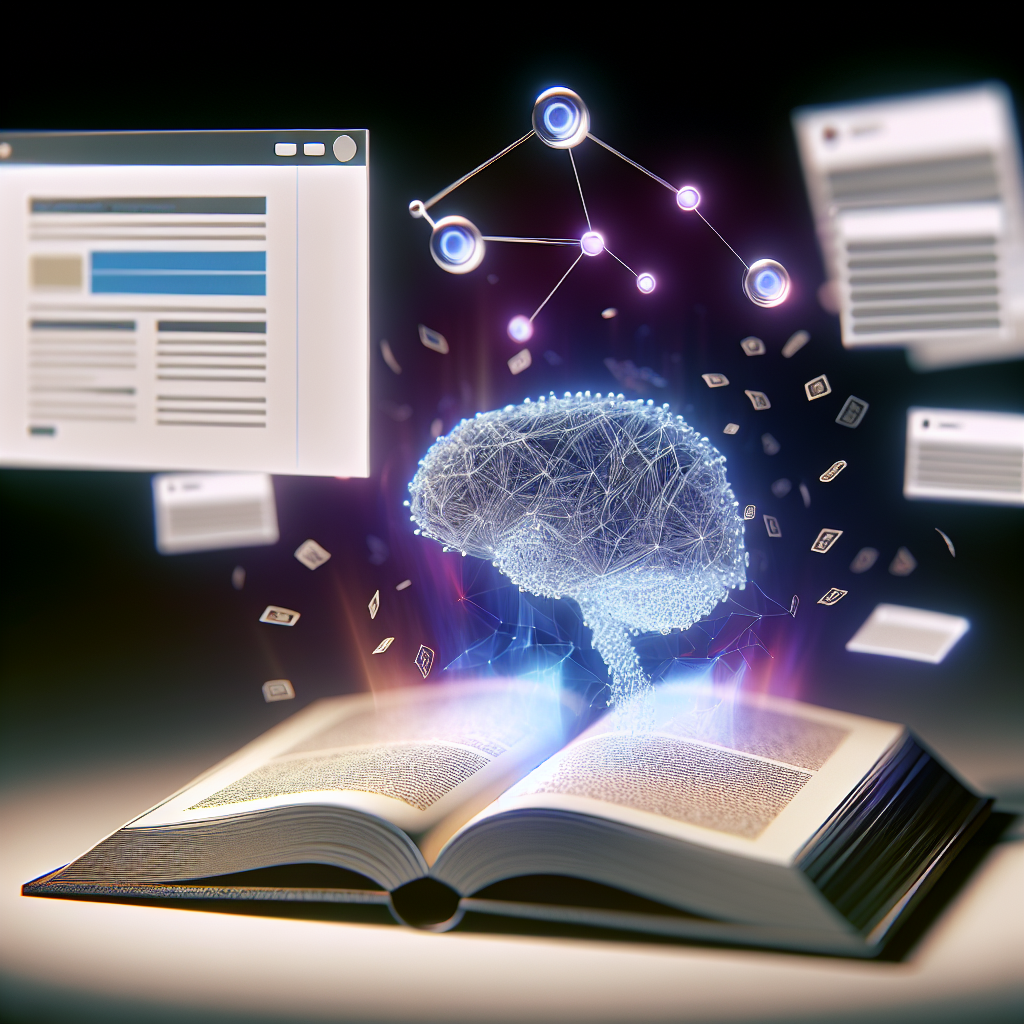Cloning a website using AI is an innovative process that leverages advanced technologies to replicate website structures, designs, and functionalities efficiently. This guide explores how artificial intelligence can simplify website duplication, making it accessible even for those without extensive coding experience. Dive in to learn the essential steps and tools involved in AI-powered website cloning.
Understanding the Role of AI in Website Cloning
Artificial Intelligence has revolutionized how we approach website development and replication. Traditional cloning methods often required manual coding, extensive technical knowledge, and time-consuming processes. However, AI tools now utilize machine learning algorithms to analyze existing websites and generate identical or similar copies with minimal human intervention.
At the core of AI-driven website cloning are techniques like web scraping, which extracts website elements such as layout, images, and content, and auto-generation, where AI models use this data to recreate the website’s architecture. Popular AI platforms today incorporate natural language processing and computer vision to enhance accuracy, ensuring that the cloned site maintains the original’s look and functionality.
Step-by-Step Guide to Clone a Website Using AI
- Identify and Analyze the Target Website: Begin by thoroughly examining the website you wish to clone. Use tools like web scrapers (e.g., Octoparse, Import.io) to extract HTML, CSS, images, and other assets. AI-powered tools can automate this process, detecting dependencies and reconstructing site structure.
- Utilize AI Website Cloning Tools: Multiple AI platforms now offer website cloning features. These tools analyze the scraped data and generate a ready-to-use website template. Some popular options include Wix ADI, Bookmark, or specialized AI clone scripts that leverage machine learning to rebuild the site with high fidelity.
- Customize and Optimize the Cloned Site: Once duplicated, tailor the website to your needs. Use AI-powered editing tools to improve design, optimize performance, or enhance SEO. Ensure content, images, and functionalities align with your goals while maintaining the original’s aesthetic and usability.
While AI simplifies many technical aspects, ethical considerations should be paramount. Always obtain permission from the website owner before cloning, especially for commercial or copyrighted content. Use AI responsibly to learn and innovate rather than infringe on others’ work.
Conclusion
Cloning a website using AI involves analyzing, extracting, and recreating web structures with minimal effort thanks to advanced machine learning tools. By understanding the role of AI and following a strategic process, you can efficiently duplicate websites for various purposes, from design inspiration to development projects. Always remember to respect legal boundaries, and leverage AI ethically to enhance your web development journey.
